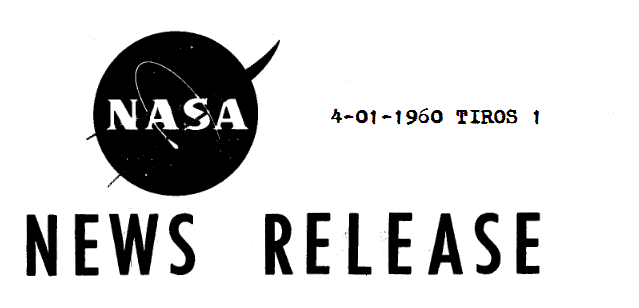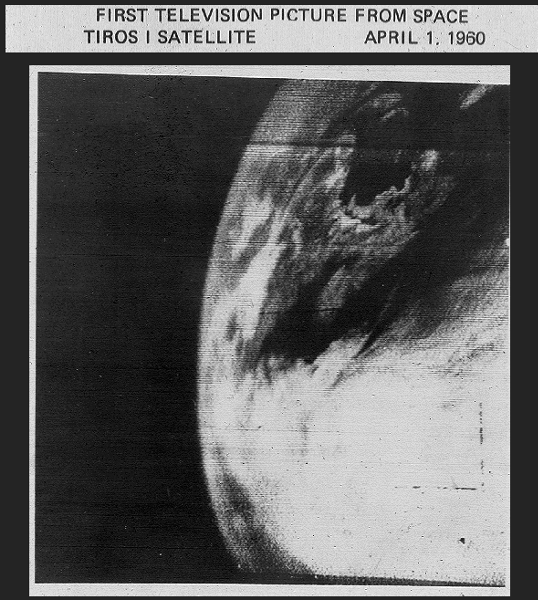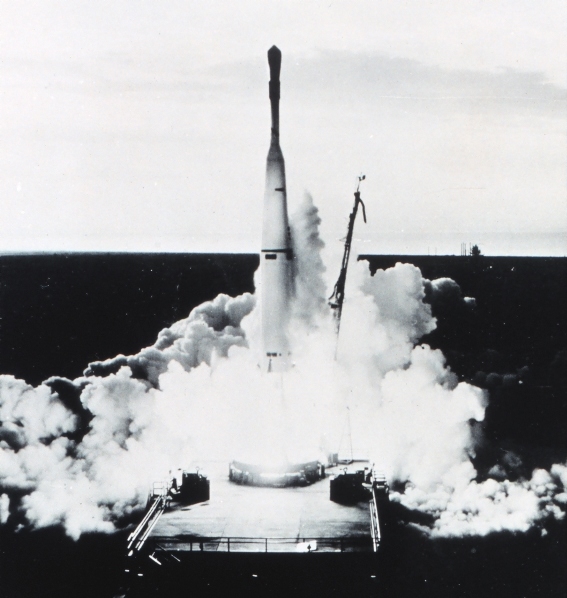
Something very exciting happened this week: Spaceflight became routine.
Remember just a couple of years ago? The press was full of flopniks, grapefruit-sized spacecraft, and about a launch every other month. Every mission was an adventure, and space was the great unknown.
All that has changed. Not only are we launching more, and more advanced scientific satellites, but we are launching satellite systems. Only two months ago, the Navy launched the first of the Transit satellites. These satellites allow a ground-based observer to determine one's location to a fair degree of accuracy. But since there's no guarantee any one satellite will be overhead at a given time, you need a constellation of Transits.
Number two was launched last week on June 22. The age of reliable space utilization has dawned.
The news gets even more exciting: The launch of Transit also marked the first piggyback mission. A little scientific probe called Solrad hitched a ride along with the navigation satellite. How's that for efficiency?

Solrad is actually quite a neat little device. For a while, scientists have been trying to study the Sun in the X-Ray spectrum, but the devices carried by Explorer 7 and Vanguard 3 were swamped by the charged particles swirling around the Earth in the so-called Van Allen Belts; thus no useful data was obtained.
Navy scientists solved this problem in two ways. First, they put the probe in a lower orbit, avoiding the worst of the Belt radiation. Second, they employed the simple expedient of placing a large magnet on the front of the detector. This swept out the unwanted electrons leaving the satellite's sensors clear for observing the Sun.
Solrad doesn't take pictures, mind you. It just measures the raw value of solar X-ray flux. But already, the probe has contributed significantly to science–in a rather unexpected field.
Long distance communications on Earth are largely conducted via radio. Sometimes, signals will fade out for no (hitherto) discernible reason. Solrad has found out why–the level of solar X-ray emissions directly affects the radio-reflective properties of the Earth's ionosphere, that upper atmospheric layer of charged particles that causes radio waves to bounce across the planet rather than simply flying off into space. Thanks to Solrad, and probes like it, I can imagine a time in the near future when we'll not only have a daily weather report, but also a radio reception report.
Speaking of communications, the Air Force reports that, in about a month, it will be launching a real communications satellite (unlike SCORE which just broadcast a prerecorded message).
It's not all good news on the Space Front, however. I present to you the Galactic Journey obituaries for the month of June:

The Air Force has lost yet another Discoverer satellite: Discoverer 12 never made it to orbit; its booster suffered a second stage failure and crashed into the Atlantic. Better luck next time.
Transit 1 went offline the day before Transit 2 launched. I don't know if that was intentional or coincidental.
TIROS 1, the world's first weather satellite, threw in the towel on June 18, 1960. It is my understanding that the probe did not perform as reliably as had been hoped, but we should see a TIROS 2 in the near future.
Pioneer 5, the first deep space probe, appears to have passed beyond the range of radio reception. My sources inform me that the last telemetry was received on June 27. STL engineers will continue to try to resume contact, however.
Services will be held next Sunday at 12:00 PM. In attendance will be the currently functioning satellites: Vanguard 1, Explorer 7, Transit 2, and Solrad 1.









